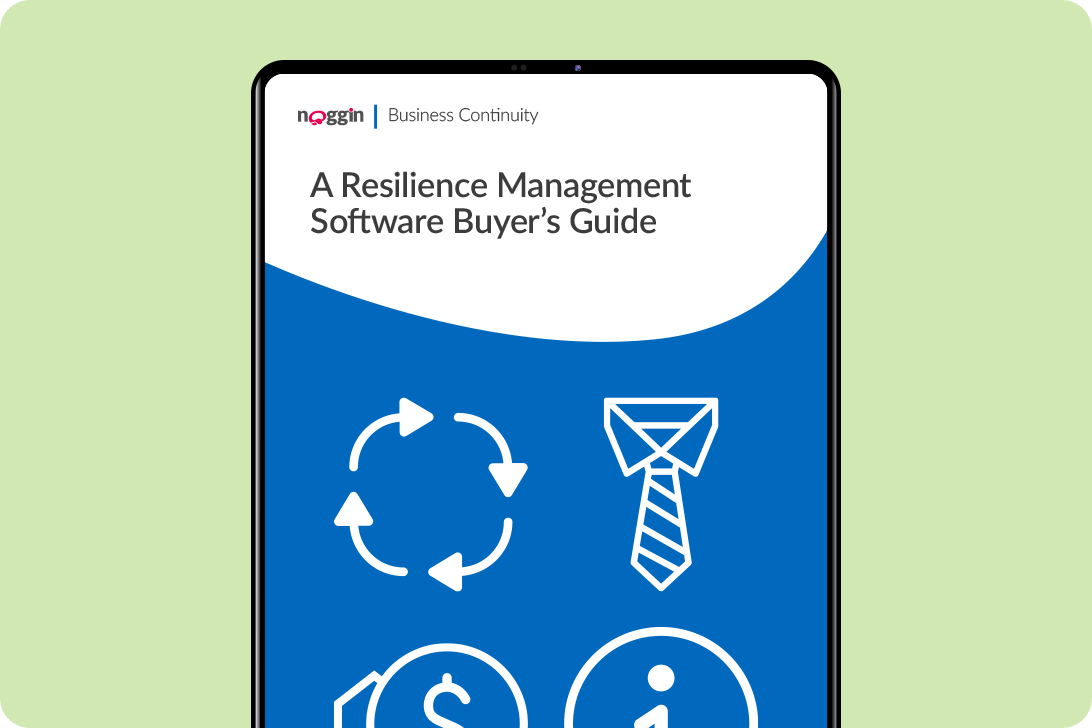Digitizing Critical Event Management This Year
You’d be remiss in thinking that critical events, a catch-all term for disruptive incidents and emergencies, would ebb after years of unabated increases. Unfortunately, the threat environment in 2023 shows no significant improvements over the years prior.
Indeed, the continued war in Ukraine and prospect of hostilities in the western Pacific suggest that the threat environment for critical events might be getting worse. As a result, high on the list of protective measures organizations and agencies should take is digitizing their critical event management (CEM) practices.
1. Improved inter-departmental alignment
Critical events rarely stay confined to one area of a business. Their impact tends to spread rapidly, causing damage that individual departments may struggle to address independently. Even with advanced technologies in place, operational systems and data often lack interoperability. However, by digitizing critical event management (CEM), organizations can enhance inter-departmental coordination and communication flows, ensuring a cohesive response across multiple stakeholders.
2. Greater operational efficiency
Implementing a unified digital CEM system leads to enhanced operational efficiency, as well. Organizations eliminate process redundancies that stem from managing multiple systems independently, streamlining their operations and optimizing resource allocation.
3. Reduced costs
By consolidating various point solutions into a single integrated platform, organizations can significantly reduce costs associated with managing critical events. Eliminating the need for multiple redundant solutions results in cost savings while maintaining the necessary functionality for effective critical event management.
4. Improved situational awareness
A consolidated digital platform for CEM enhances situational awareness during critical events, too. This applies not only to incident response but also to post-event reporting and analysis. By consolidating processes and information, organizations gain a comprehensive understanding of the situation, enabling more informed decision-making and better post-event evaluations.
Key capabilities to consider in digital critical event management
Now, the question remains: how can organizations effectively digitize critical event management practices? Here are some essential capabilities to consider when selecting digital critical event management software:
Incident response plans and checklists
Look for solutions that provide robust incident response plans and checklists. These best-practice libraries, enable organizations to create crisis strategies and action plans for different event types, define strategies, action items, completion time targets, and personnel involvement.
Critical Infrastructure Protection
Innovative solutions assess and monitor risks to key assets, ensuring effective protection of critical infrastructure throughout the emergency response process.
Welfare checks
Digital CEM solutions facilitate the sending of welfare check messages to event response personnel or contacts. Replies can be collected to identify individuals in need of assistance and prioritize follow-up actions.
Crisis communications
Look for integrated systems that centralize, approve, and standardize crisis communications, streamlining complex communication pathways during incident management.
Emergency management
Seek tools that comprehensively support incident and emergency management throughout the entire lifecycle, from mitigation and preparedness to response and recovery, aligning with ISO, ICS, and other national standards. These tools ensure consistency, communication, and shared situational awareness across the entire team, accessible from any location or device.
Incident and resource mapping
Choose platforms equipped with powerful incident and resource mapping tools, allowing for the creation of multi-layered maps integrating external feeds and internal information.
Operational cycle management
Look for systems that support the operational rhythm of response operations and facilitate tracking and reporting periods.
Community lifeline monitoring
Seek solutions that provide executive-level insights into safety threats to the public and staff, regularly assessing community lifelines.
As the risk landscape remains uncertain in 2023, organizations cannot afford to overlook the digitization of critical event management practices. To learn more about the benefits and relevant capabilities, check out our Critical Event Management Software Buyer’s Guide.




